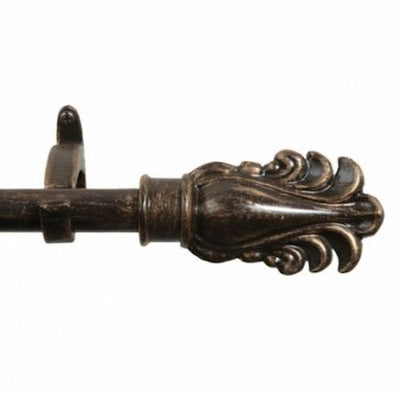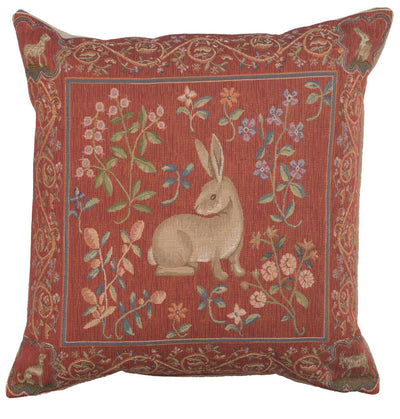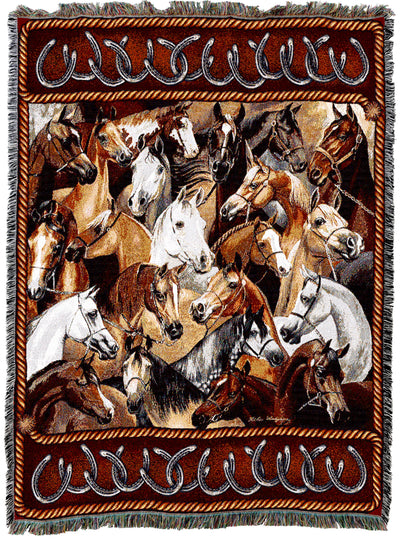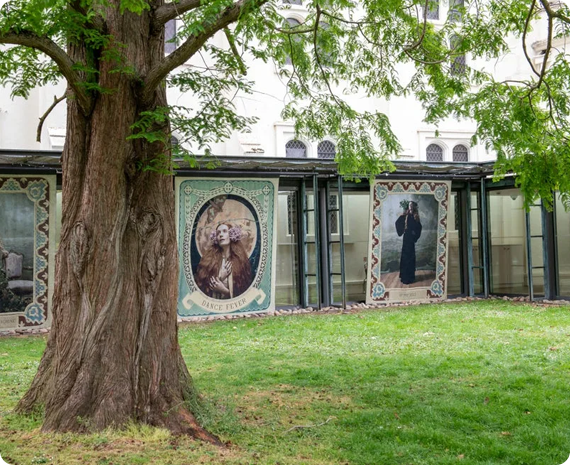Turn Your Memories Into Art: Getting a Tapestry from a Photo
We all have that special collection of photos that never fail to make us smile, those perfect moments frozen in time just for us. Now, imagine giving those memories a whole new life by turning them into a beautiful wall tapestry you can hang and actually feel with your hands. Sounds amazing, right? But here’s the twist—not every photo is tapestry-worthy. To create a high-quality piece, you need to choose a picture with minimal background clutter, no motion blur, and good resolution. That’s where the real challenge begins: picking the right photo. So, before we dive into the process of making a tapestry from a photo, let’s walk you through the key points to help you choose the perfect one.
Which Photos Work Best for Tapestries
Not every photo will translate perfectly to a tapestry, so choosing the right image is key to ensuring your final piece looks amazing. Here’s what to consider:
1. High Resolution and Quality
The clarity of your photo plays a huge role in how detailed your custom woven tapestry will look. Because tapestries are often large, low-resolution or blurry photos don’t translate well; they become pixelated or fuzzy when stretched. To avoid this, use images with at least 300 DPI or high megapixels from your camera or phone. Higher resolution means the weaving machines or artisans can capture finer details, resulting in a sharp, vibrant tapestry.
2. Strong Composition and Focus
Choose photos where the subject is well-defined and not overly cluttered. Simple backgrounds help the main focus (it can be a person, pet, or landscape) stand out. Portraits with expressive faces or detailed features usually work best, because tapestries excel at capturing emotion and character when the focus is clear and strong. For example, a portrait of a smiling child against a soft, blurred background highlights the child’s joyful expression perfectly.
3. Good Lighting and Contrast
Photos with balanced lighting and clear contrast between subjects and backgrounds tend to produce vibrant tapestries. If a photo is too dark or harshly lit, the details can get lost in the weaving process because fabric threads don’t capture light the way digital screens do. So, bright, well-lit images with clear differences between shadows and highlights translate best into custom woven tapestry art.
4. Consider the Shape and Crop
Tapestries are typically rectangular or square, so photos that fit these shapes or can be cropped without losing important details are ideal. Wide panoramic shots or oddly shaped images can be challenging because resizing may cut off key parts of the photo. Before choosing a picture, think about how it will look in the tapestry’s dimensions and whether the composition will remain balanced and impactful after cropping.
5. Avoid Photos With Heavy Filters or Editing
While social media filters can enhance a photo’s mood on-screen but they often distort colors, contrast, and detail. These artificial effects may not translate well when woven with thread. For best results, stick to photos with natural tones and minimal editing so the final custom-made tapestry captures the original beauty without awkward color shifts or detail loss.
6. Reject Motion Blur Pictures
Photos taken with fast movement, like a child running or a pet jumping, often suffer from motion blur. This blur might be charming on screen, but it can look messy and unclear when translated into threads. Choose still moments for better clarity and definition in your tapestry.
How the Process Works for Turning Your Photo into a Tapestry
Turning your favorite photo into a beautiful custom-made tapestry involves several carefully coordinated steps that blend technology and craftsmanship. Here’s an easy-to-understand breakdown of how your chosen picture becomes a stunning piece of fabric art:
Step 1: Image Analysis and Conversion
Once you submit your chosen photo, expert designers analyze the image to understand its colors, shading, and details. Because weaving uses threads rather than ink or pixels, your photo must be carefully converted into a detailed thread pattern. This involves breaking the image down into a grid of colored threads that will recreate the picture when woven.
Step 2: Color Matching and Thread Selection
Next comes the crucial step of matching the colors in your photo to the available thread shades. Weaving studios maintain large palettes of dyed threads to capture subtle hues and gradients. Achieving accurate color blending requires skillful choices in thread combinations, often mixing multiple threads to simulate the original photo’s tones and depth.
Step 3: Designing the Weaving Pattern
The converted thread pattern is then programmed into a loom or used by skilled artisans working on handlooms. This pattern guides how each thread is interlaced—over and under—across the warp (vertical) and weft (horizontal) threads. The weaving design ensures the final tapestry maintains the photo’s composition and emotional impact.
Step 4: The Weaving Process
Using either modern Jacquard looms or traditional hand weaving, artisans precisely follow the pattern, interlacing thousands of threads to recreate your photo in fabric form. Texture and slight variations in the weave give the tapestry a unique character that no other printed tapestry can match.
Step 5: Finishing Touches
After weaving is complete, the tapestry is carefully removed from the loom and trimmed. Edges are reinforced with hemming to prevent unraveling. Sometimes, decorative elements like fringes or mounting hardware are added, preparing your tapestry to hang beautifully on your wall.
Conclusion
The entire weaving process is rich in tradition and craftsmanship, which is what makes an authentic photo tapestry so special. Can’t wait to have your own heirloom-quality art that’s as textured and alive as the moment it captures? Choose Quality Tapestries to create your custom wall tapestry from a photo! In addition to these custom tapestry woven pieces, we also offer a wide collection of machine and hand-woven readymade tapestries, where each is a truly unique work of art.














